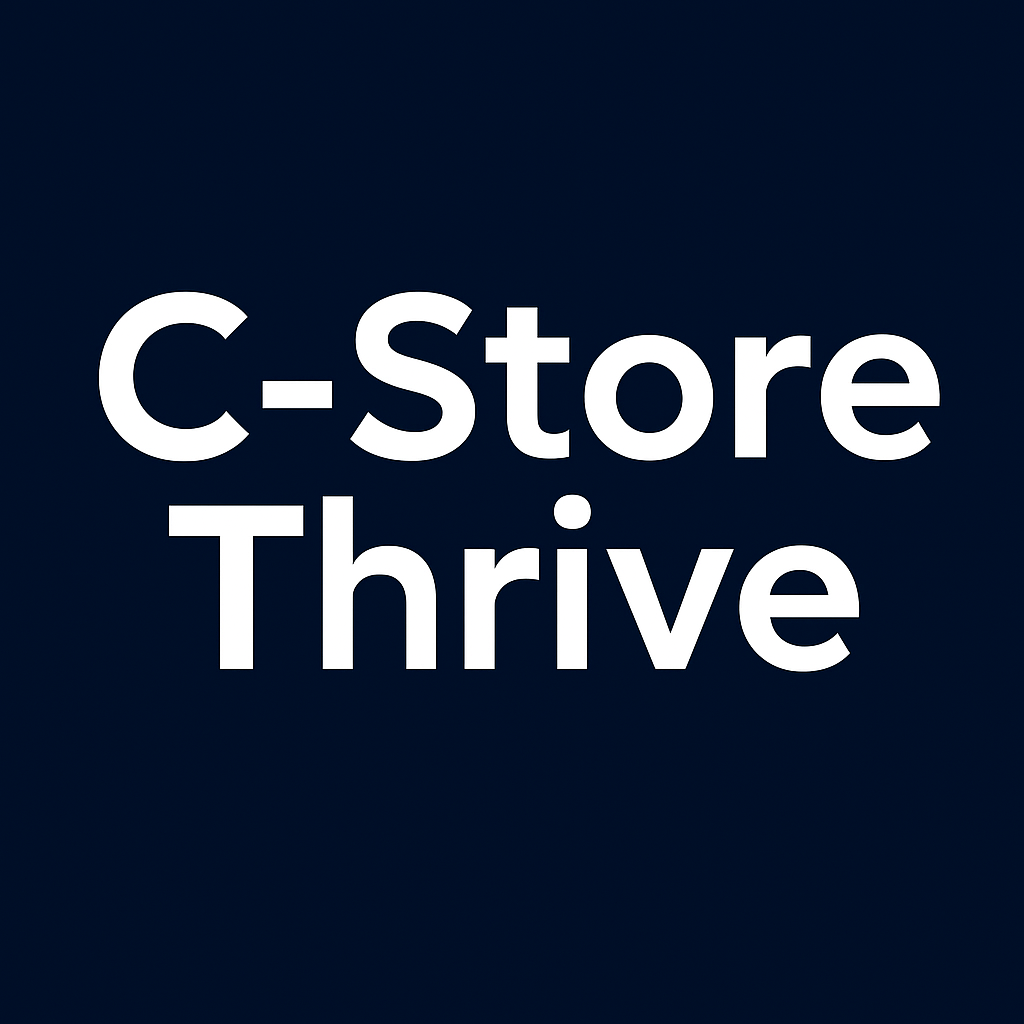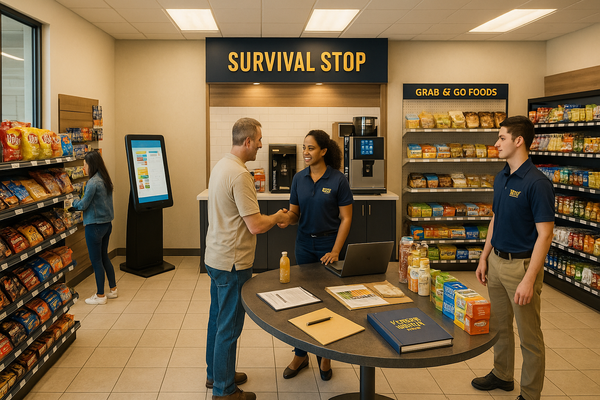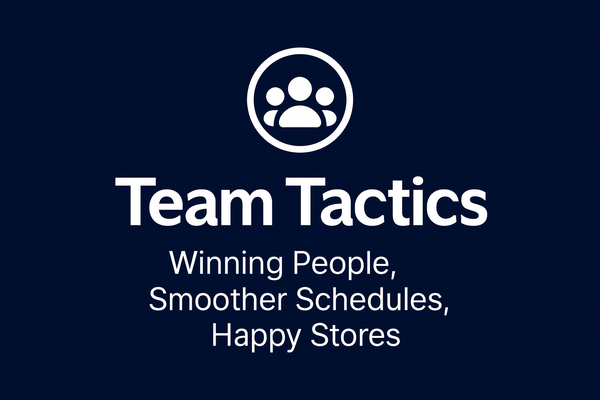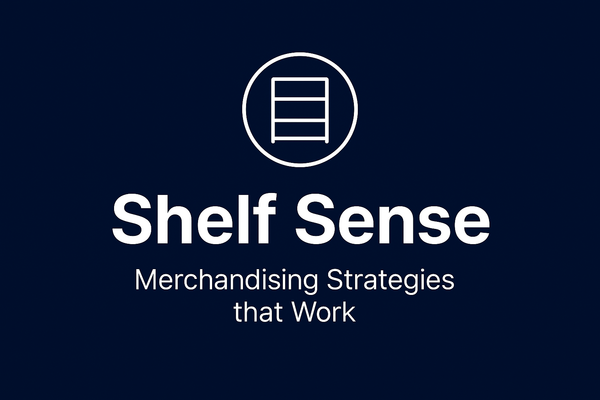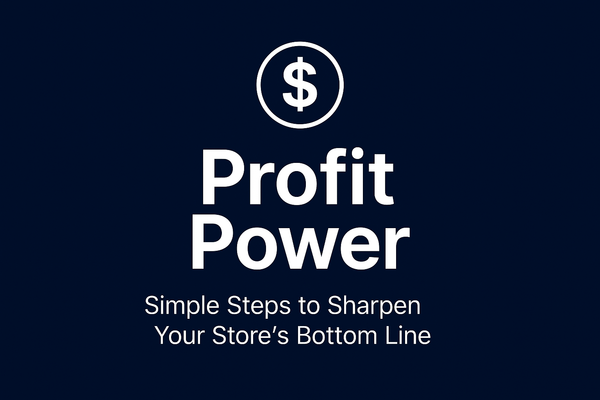Promo Power: How to Use In-Store Promotions to Drive Sales in Convenience Stores
Promotions aren’t short-term gimmicks—they’re growth systems. Learn how to plan, execute, and measure in-store offers that create steady momentum, stronger vendor ties, and loyal customers who keep coming back.
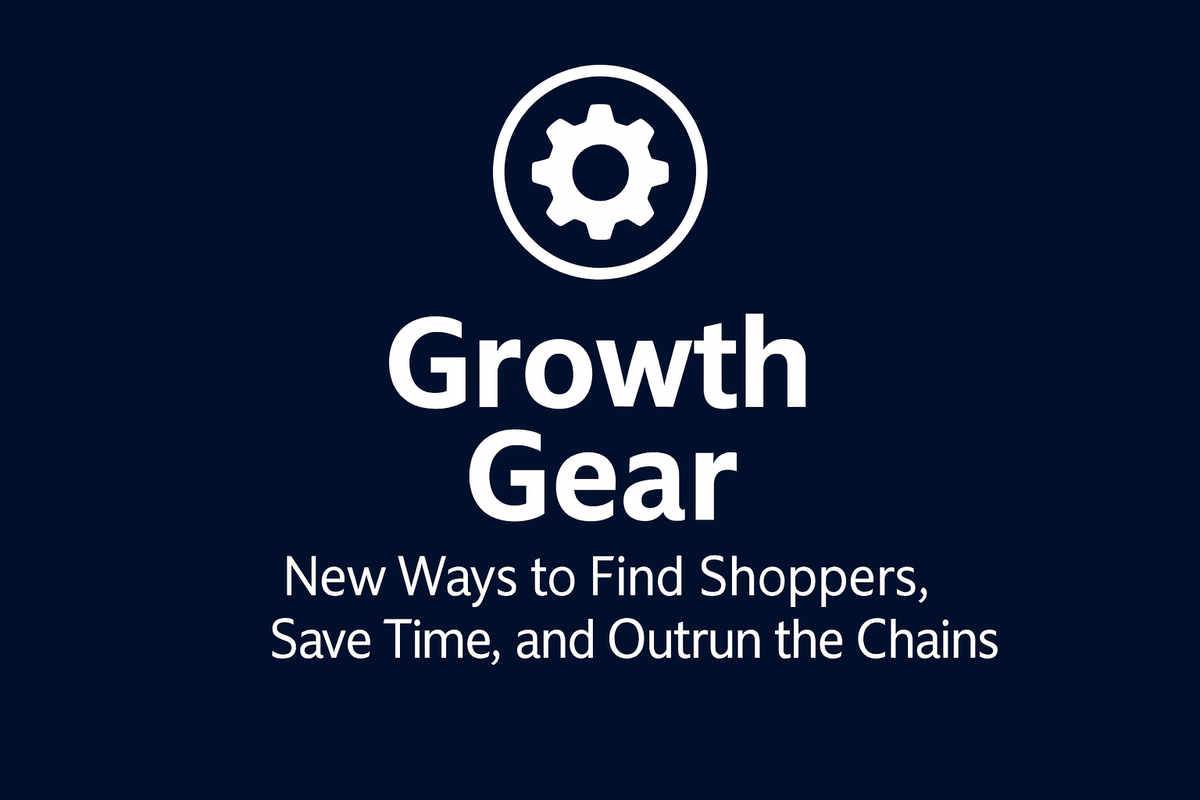
Retailers who plan and measure in-store promotions systematically experience 20–30% sales lifts per promotion cycle and higher repeat customer rates, according to Nielsen and NACS data. Yet most convenience stores still view promotions as short-term tactics instead of strategic systems for building habits, loyalty, and long-term profitability.
Effective in-store promotions are not simply discounts; they are business accelerators. By treating them as part of a compounding strategy—like adding one more spin to a flywheel—store operators can turn individual campaigns into sustained momentum that powers growth month after month.
What In-Store Promotions Really Mean
An in-store promotion should never exist in isolation. A true promotions strategy connects customer motivation, store design, and staff execution in a way that creates behavior change rather than temporary lift.
Strategic promotions do three things:
- Appeal to more than price. The customer’s decision to buy is often emotional, driven by convenience, surprise, or reward.
- Engage across touchpoints. Shelf tags, digital screens, loyalty apps, and cashier prompts should work together, not independently.
- Deliver measurable goals. Each promotion should define what success looks like—traffic increase, basket size, or repeat conversion.
Example: “Buy a coffee, get 50% off any breakfast sandwich.” This isn’t just a price move; it builds a morning routine. Promotions like these create consistent purchase behavior, not just transactional spikes.
The Five Core Elements of a High-Impact Promotion Cycle
1. Define the Goal Before the Discount
Start every promotion by defining its intent. Is the goal to increase transactions, shift buying toward higher-margin products, or increase repeat visits? Avoid offers that look appealing but lack measurable outcomes.
2. Design with Data
Use POS insights to identify cross-selling opportunities. For instance, customers who buy energy drinks are often high-potential add-on buyers for snacks, jerky, or batteries. Data shows the combinations you should highlight, not guess.
3. Promote Across Multiple Touchpoints
Consistency wins attention. Reinforce offers through loyalty apps, digital screens, shelf signage, and point-of-sale mentions. Customers trust and act on promotions they encounter multiple times during their visit.
4. Train the Team for Execution
A cashier’s voice sells better than any poster. Brief staff at shift change about daily promotions, suggested scripts, and goals. Turn cashiers into campaign ambassadors who connect offers to customer needs in real time.
5. Track, Measure, Repeat
Promotions fail when they fade into memory. Assess redemption rates, sales lift, and customer frequency after each campaign. Reinvest only in the tactics that deliver measurable returns. Success is not about one perfect offer, but about continuous refinement and repetition.
Building the Promotional Flywheel
Jim Collins described the flywheel effect as steady, incremental progress that creates unstoppable momentum. Each spin makes the next one easier until growth becomes self-sustaining.
The same principle applies to in-store promotions. Every well-executed promotion fuels the next:
- Customer awareness grows through reinforcement. Shoppers begin to expect consistent, high-value deals.
- Team performance improves as staff refine techniques through repetition.
- Vendor engagement strengthens when partners see reliable sales lift and ROI.
- Profit reliability increases as campaigns transition from experiments to reliable levers in the P&L.
Momentum does not come from one perfect idea. It is built from consistent small wins that stack over time. A steady cycle of plan–execute–review–adjust becomes the engine of compound growth.
Practical Tools for Modern Operators
1. Leverage Loyalty Data
Use your loyalty program to study customer segments such as “weekday regulars” or “afternoon snack buyers.” Target these groups with personalized rewards that align with their routines.
2. Schedule Promotions with Intent
Build a twelve-month promo calendar. Align offers with seasonal buying behavior, local events, or vendor campaigns to maintain relevance and consistency.
3. Create Smart Bundles
Combine high-margin and high-velocity items in one offer. For example, pairing bottled beverages with chips can build basket size while maintaining profitability.
4. Partner with Vendors
Share results data with suppliers. Vendors who see measurable ROI are more likely to co-fund signage or extend exclusive pricing.
5. Automate Feedback Loops
After each campaign, use POS reports and short customer surveys to analyze results quickly. The faster you learn, the faster you can optimize the next promotion.
By applying these tools, store owners transform promotions from hopeful experiments into carefully measured, repeatable growth formulas.
The Long Game of Promotion Strategy
Independent operators who turn in-store promotions into systems of small, steady wins gain the same advantage large chains get from data science—momentum. Each campaign supports the next. Customers remember the consistency. Staff engagement strengthens. Vendor partnerships grow.
Promotions are not just a race for the next sale; they are a commitment to continuous improvement.
As Jim Collins would say, the flywheel doesn’t move with one giant push. It turns because of a thousand small ones, made intentionally, over time.
Operators who embrace that truth stop chasing luck and start compounding growth, one promotion at a time.
This article is part of the weekly "Growth Gear" series from C-Store Thrive.
Found this analysis helpful? Share C-Store Thrive with fellow convenience store owners who want to turn offers into outcomes and small wins into sustained growth.
